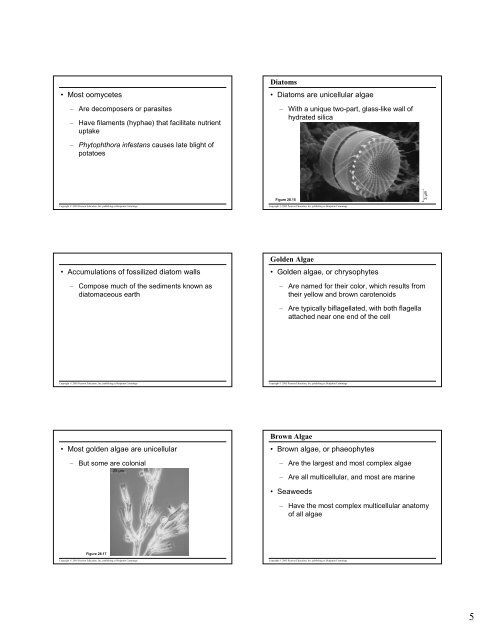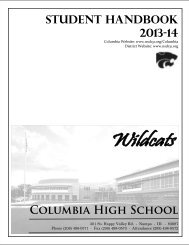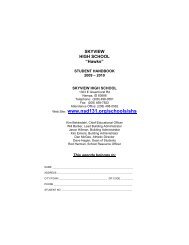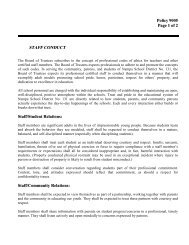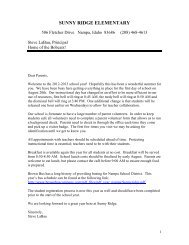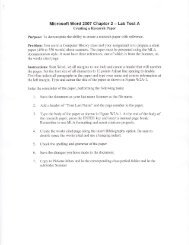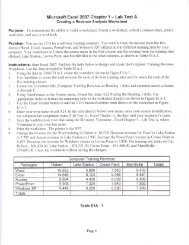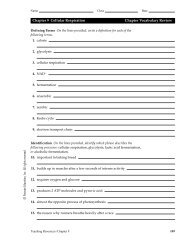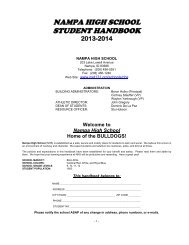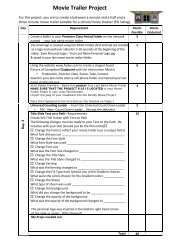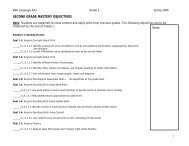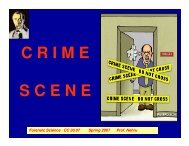Microsoft PowerPoint - 28- protists revised.pdf - NSD Main
Microsoft PowerPoint - 28- protists revised.pdf - NSD Main
Microsoft PowerPoint - 28- protists revised.pdf - NSD Main
Create successful ePaper yourself
Turn your PDF publications into a flip-book with our unique Google optimized e-Paper software.
3 µmDiatoms• Most oomycetes– Are decomposers or parasites– Have filaments (hyphae) that facilitate nutrientuptake• Diatoms are unicellular algae– With a unique two-part, glass-like wall ofhydrated silica– Phytophthora infestans causes late blight ofpotatoesFigure <strong>28</strong>.15Copyright © 2005 Pearson Education, Inc. publishing as Benjamin CummingsCopyright © 2005 Pearson Education, Inc. publishing as Benjamin CummingsGolden Algae• Accumulations of fossilized diatom walls– Compose much of the sediments known asdiatomaceous earth• Golden algae, or chrysophytes– Are named for their color, which results fromtheir yellow and brown carotenoids– Are typically biflagellated, with both flagellaattached near one end of the cellCopyright © 2005 Pearson Education, Inc. publishing as Benjamin CummingsCopyright © 2005 Pearson Education, Inc. publishing as Benjamin CummingsBrown Algae• Most golden algae are unicellular– But some are colonial25 µm• Brown algae, or phaeophytes– Are the largest and most complex algae– Are all multicellular, and most are marine• Seaweeds– Have the most complex multicellular anatomyof all algaeFigure <strong>28</strong>.17Copyright © 2005 Pearson Education, Inc. publishing as Benjamin CummingsCopyright © 2005 Pearson Education, Inc. publishing as Benjamin Cummings5


